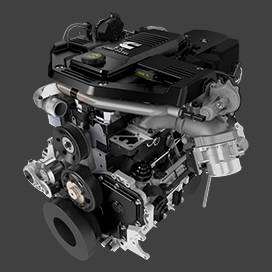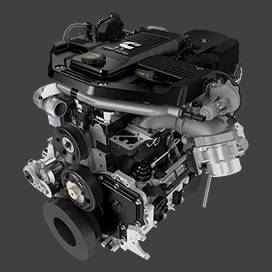1 月 . 07, 2025 10:10 Back to list
Understanding Different Types of Brake Drums for Optimal Performance
Understanding the different types of brake drums is crucial for anyone involved in vehicle maintenance or manufacturing. Brake drums are an integral part of a vehicle's braking system, converting kinetic energy into heat energy through friction, thus enabling a vehicle to decelerate and stop safely. The following discussion delves into the various types of brake drums, enhancing your knowledge and helping you make informed decisions.

Cast Iron Brake Drums are the most conventional type employed in standard vehicles. Known for their durability and cost-effectiveness, cast iron drums provide reliable performance for daily driving applications. They excel in dissipating heat, which makes them a standard choice for passenger vehicles, light trucks, and commercial fleets. Their robust nature allows for efficient braking over long periods, making them a trustworthy choice for consumers seeking longevity.
Aluminum Brake Drums offer a lighter alternative, beneficial for performance-oriented applications. By reducing the overall weight of the vehicle, aluminum brake drums contribute to improved fuel efficiency and enhanced driving dynamics. The use of aluminum also promotes quicker heat dissipation due to its excellent thermal conductivity, which is crucial for vehicles exposed to frequent and intense braking conditions. These drums are favored in sports cars and other high-performance vehicles where precision and weight reduction are paramount.

Composite Brake Drums combine materials to leverage the advantages of different substances. Typically, these drums feature a composite of cast iron and aluminum, utilizing aluminum for its lightweight properties and cast iron for its strength and wear resistance. The composite nature ensures that these drums maintain high performance under stress while offering significant weight savings. This makes composite drums ideal for situations where both durability and efficiency are essential, providing a balanced approach to modern vehicle braking needs.
types of brake drums
Vented Brake Drums incorporate designs that allow for improved air circulation and thermal management. These drums are specifically engineered to handle higher thermal loads by venting air through strategically placed openings. The enhanced ventilation system ensures that heat is rapidly dissipated, which significantly reduces the risk of brake fade during prolonged usage. Vented brake drums are particularly suitable for towing vehicles and those operating in rugged or mountainous terrains, where braking systems are subjected to extensive stress.
When selecting a brake drum type, it is essential to consider the specific requirements of the vehicle and driving conditions. For instance, light daily use might call for cast iron drums, whereas high-speed or load-bearing scenarios might benefit from the advantages offered by vented or composite drums. Understanding these variations not only aids in maintaining vehicle safety and performance but also extends the lifespan of the braking system components.
In conclusion, choosing the right brake drum type involves a careful balance between material properties, vehicle needs, and driving conditions. Whether opting for cast iron, aluminum, composite, or vented brake drums, each type brings unique advantages tailored to different vehicle requirements. By understanding these distinctions, industry professionals can ensure optimal braking performance, contributing to safer driving experiences and extending the life of automotive components.
-
Brake Drum for Kamaz Trucks Durable OEM Replacement & High Performance
NewsMay.30,2025
-
Brake Drum Man High-Quality Drum Brake & Shoe Solutions
NewsMay.30,2025
-
High-Performance Brake Drum for Kamaz Trucks Durable Drum Brake Components
NewsMay.29,2025
-
Brake Drum Man High-Quality Drum Brake Drums & Brake Shoes
NewsMay.29,2025
-
Brake Drum MAZ High-Performance & Durable Replacement Parts
NewsMay.29,2025
-
heavy truck brake drums
NewsMar.07,2025
